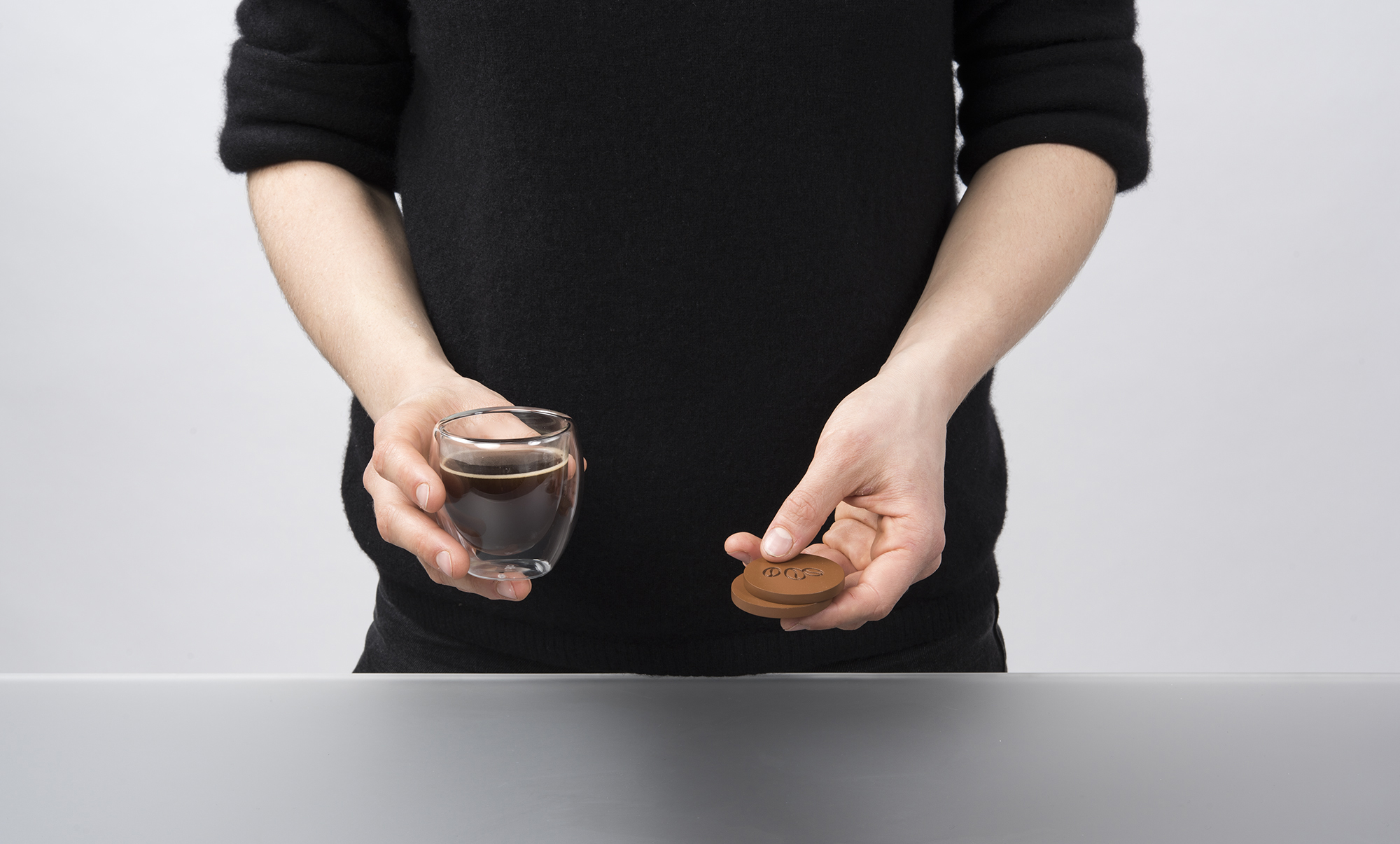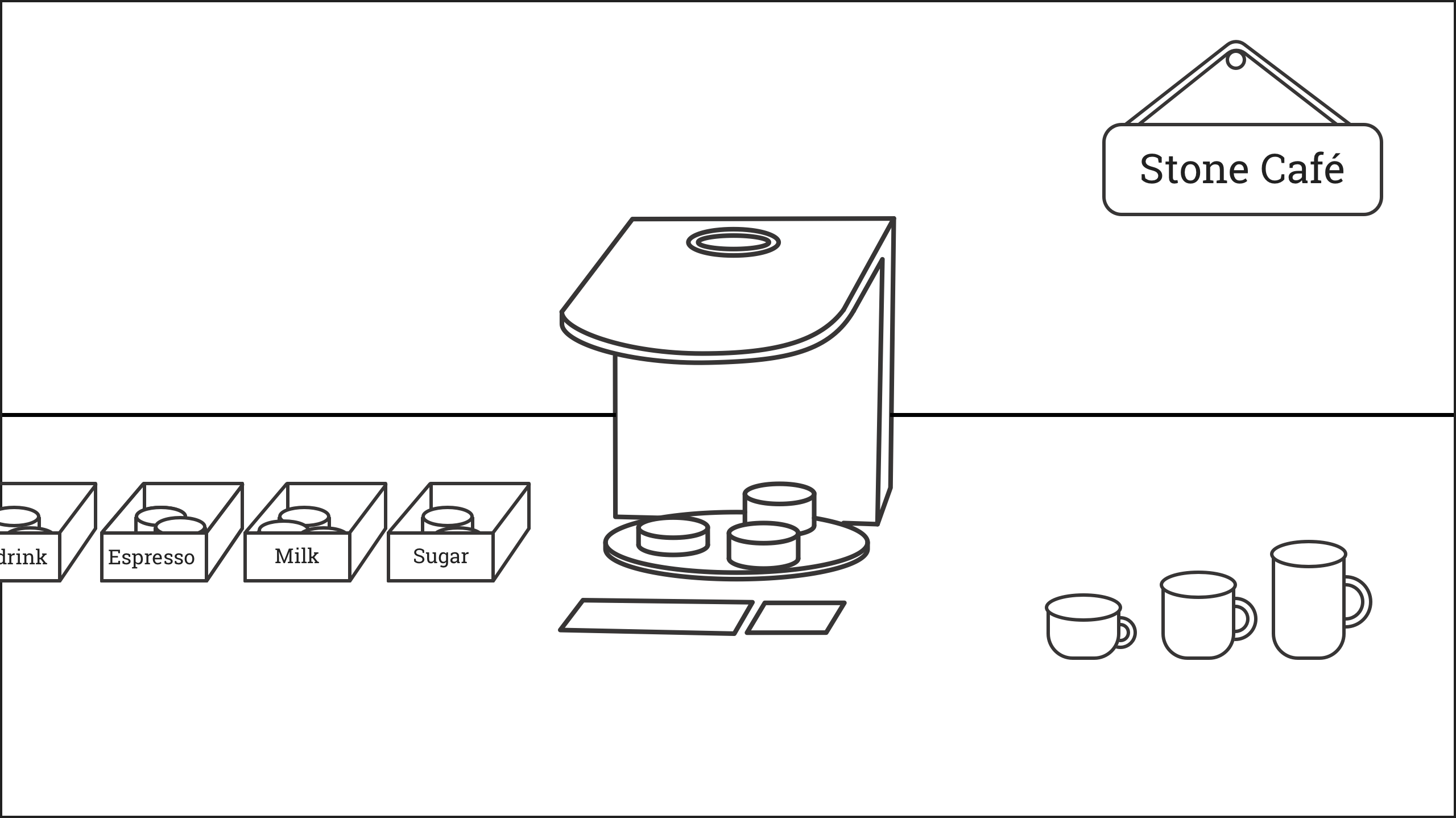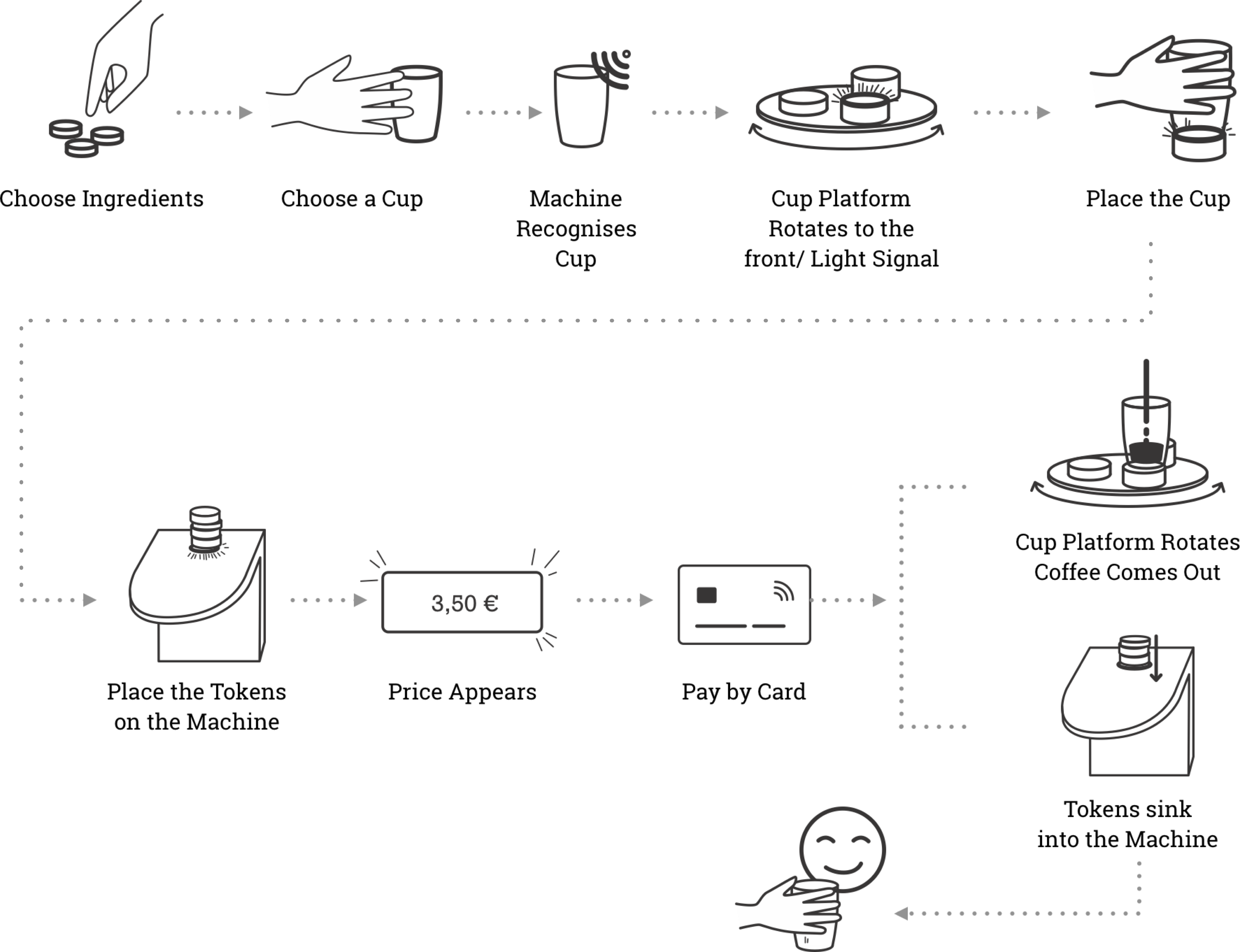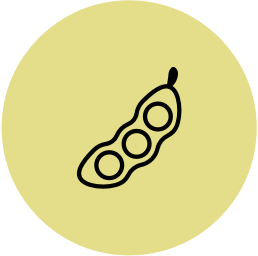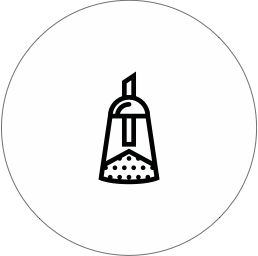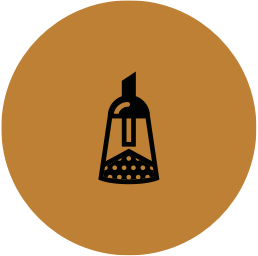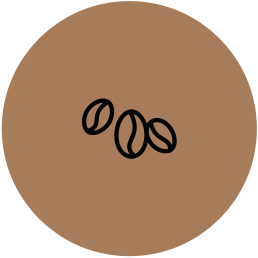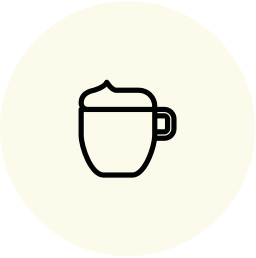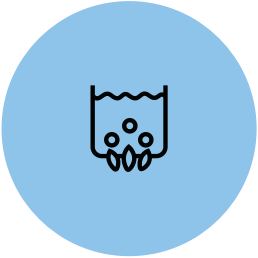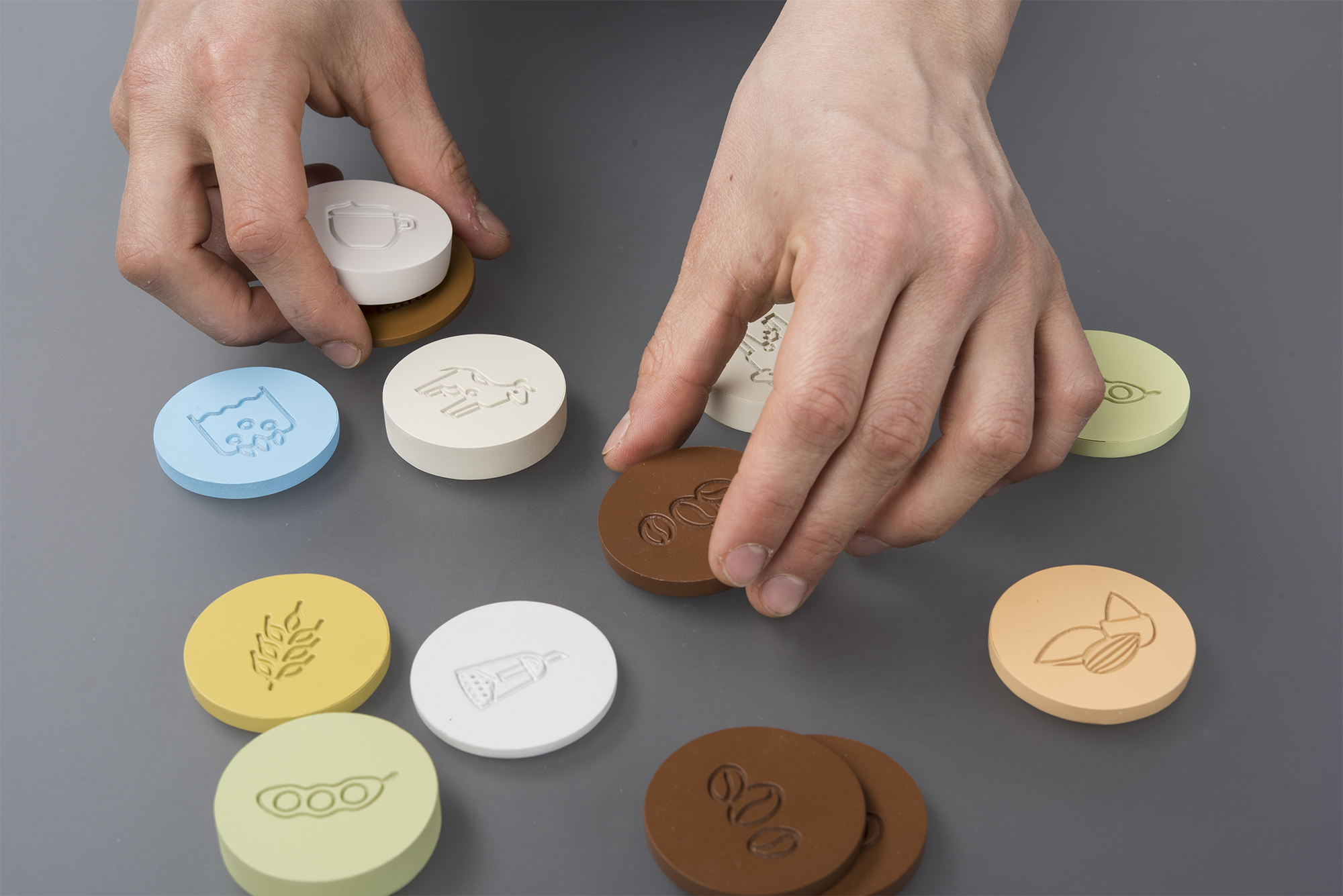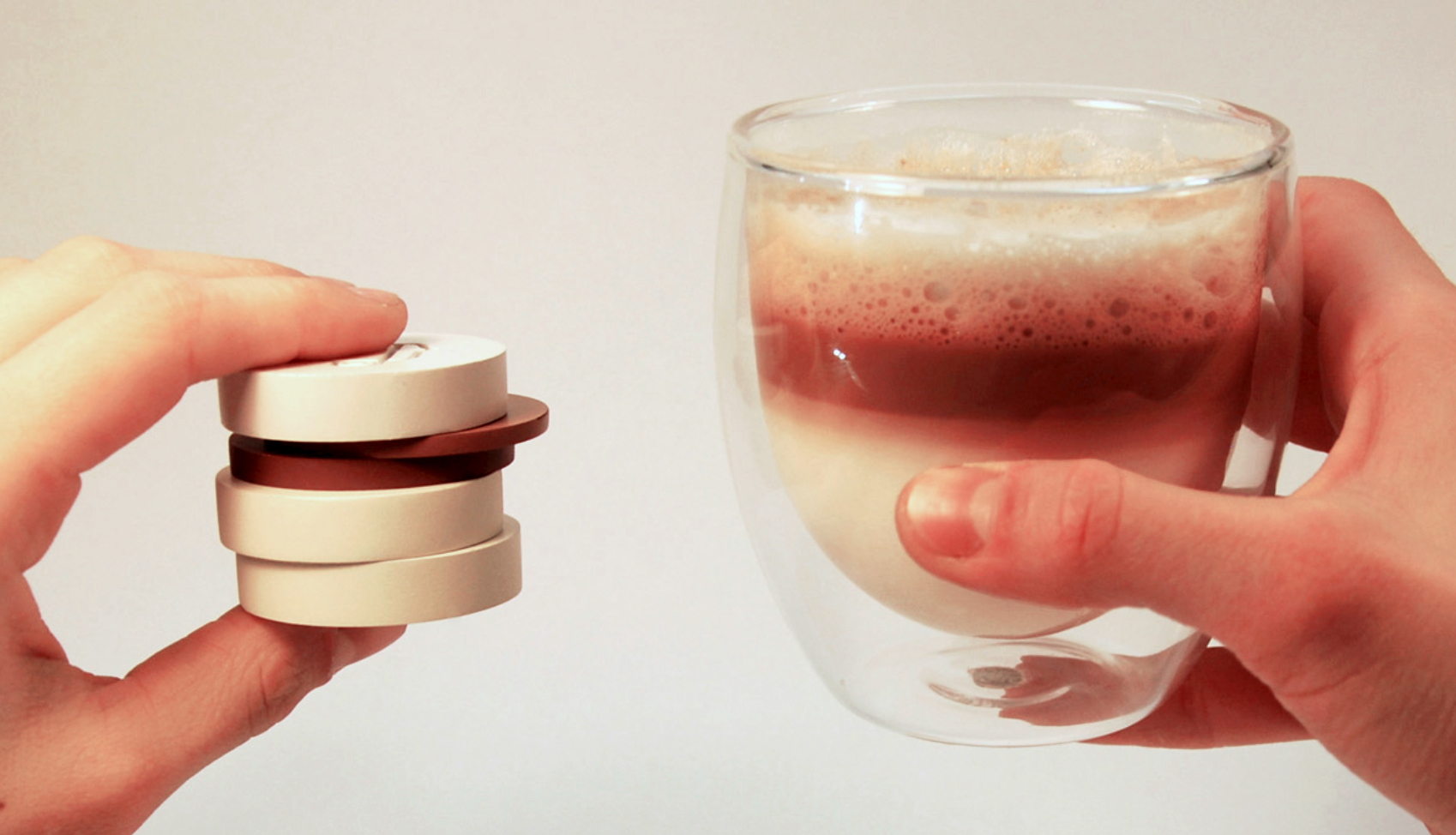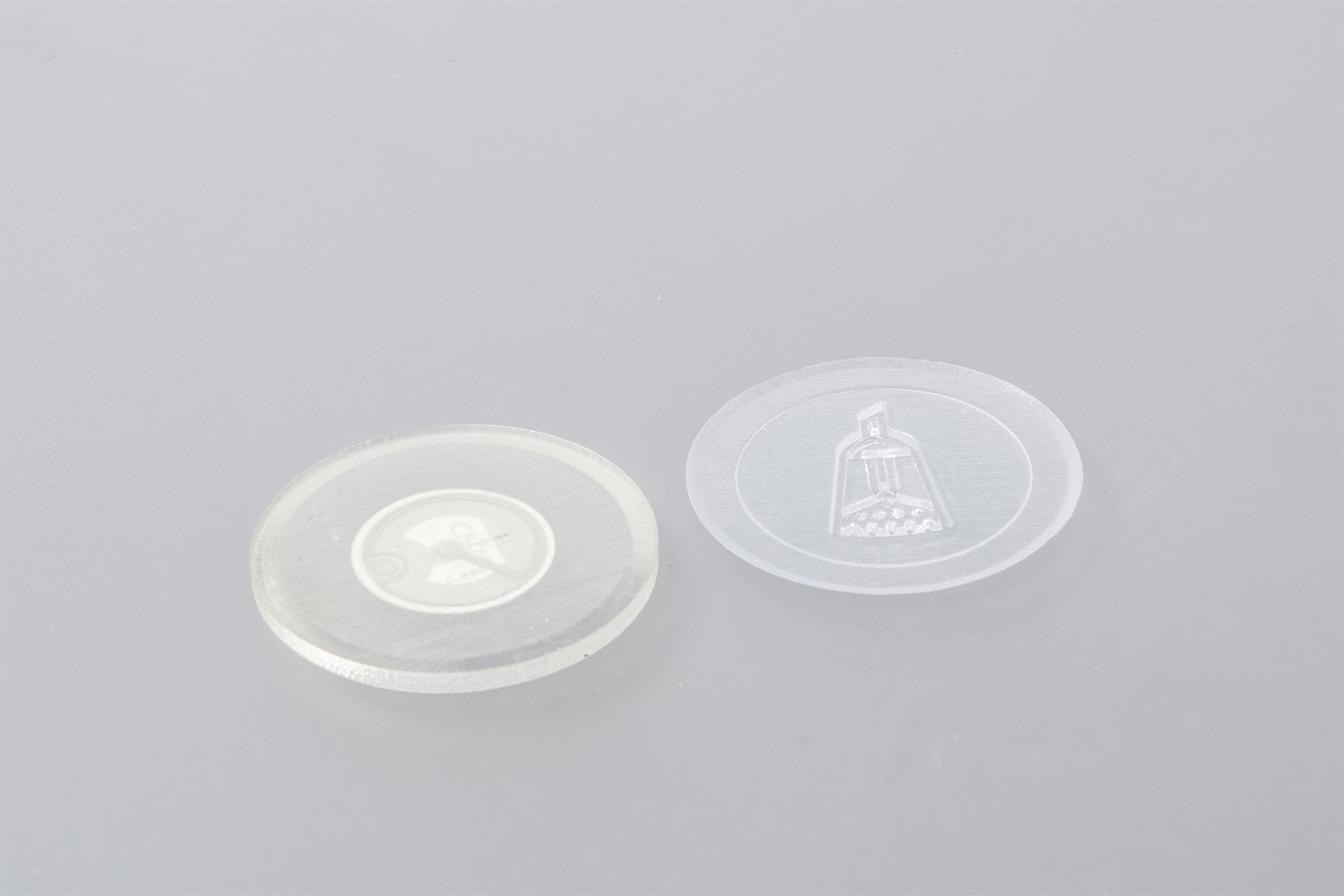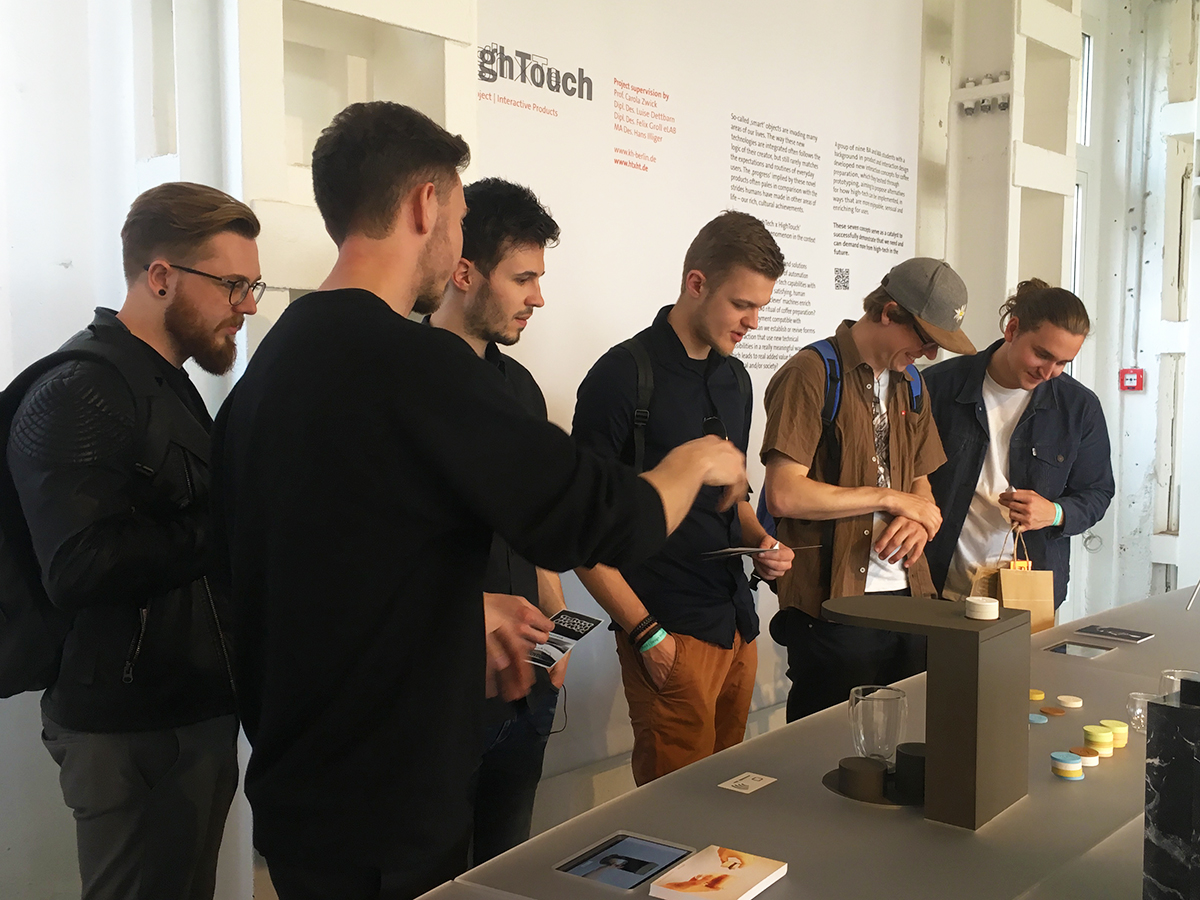Supervised by Prof. Carola Zwick
Master Semester 1
Tools:
3D printing, laser cutting, arduino, LED strips, stepper motor, NFC sticker, RFID reader
Teamwork: Xinyue Yang, Antonia Nandori
Problems: Coffee consumption on the go increasingly relies on self-service. Starbucks-style chain outlets make us stand in line to order; our workplace cafeteria requires us to operate an automated machine. While this optimizes the process
for the organisation who sell the coffee, for the consumer, it becomes ever more tiresome. We spend longer queueing, are under pressure to speed up our order, and know very little about the product they will receive. This amounts to a dissatisfactory
user experience, one which falls far short of traditional café service.

Queuing for a long time in public service
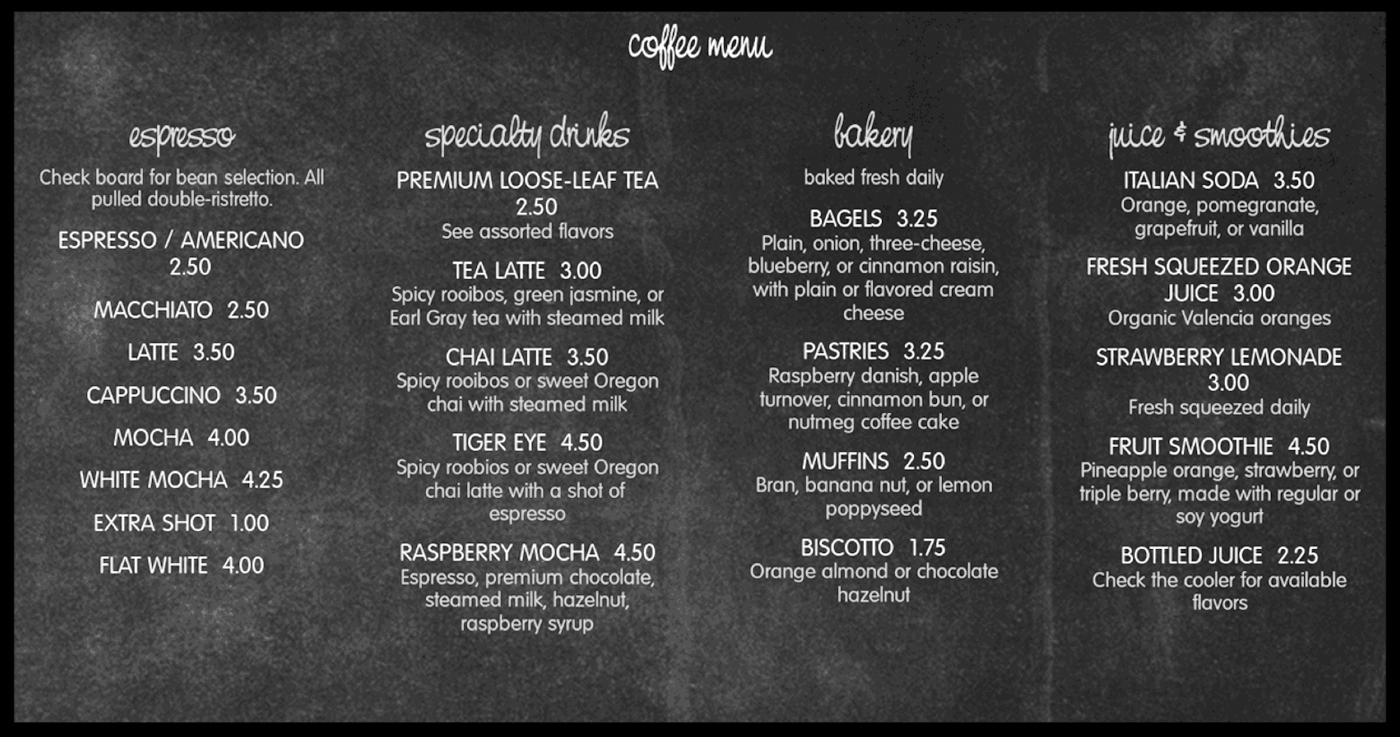
In front of a menu full of strange coffee vocabularies, user feels streesed to make a quick decision
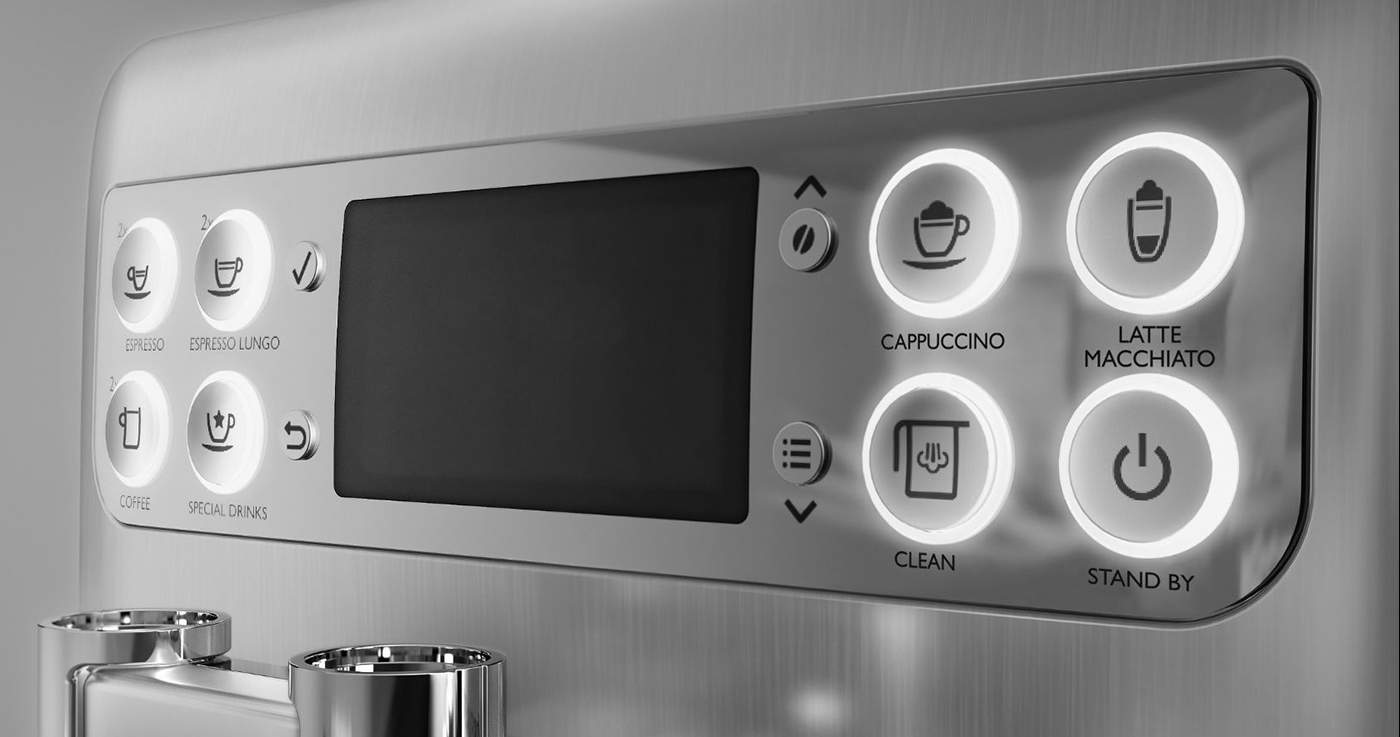
The interaction is boring - pressing a button, and user knows little about what they will receive
Idea: Coffee Composer puts the fun back into self-service. This service design concept enriches the interaction for consumers, making the most of what humans do best: the creative and tactile parts of the process. A range of color-coded
‘tokens’ symbolize possible ingredients (such as milk and sugar),
offering users greater transparency and autonomy to choose what ends up in their coffee. A glass cup makes it easy for users to comprehend the custom combination of ingredients as
they are dispensed.
The selection process begins earlier, meaning queue time is used more effectively, as customers get to pick and stack their preferred elements to create their ideal hot beverage. The automated coffee machine intuitively
‘reads’ their order, converting each token into its corresponding ingredient in consecutive order.
The communication between the automated machine and human user becomes more subtle and enjoyable. Coffee Composer demonstrates that increased
automation need not result in a banal and laboured interaction between user and machine - it should instead free us humans up to pursue activities we enjoy.


